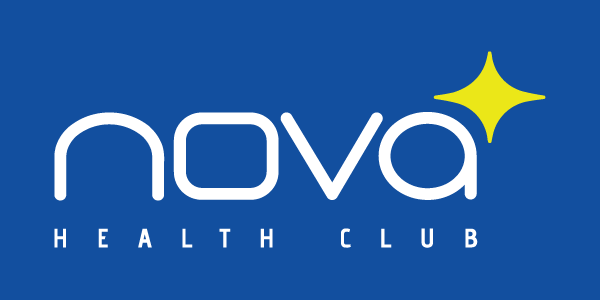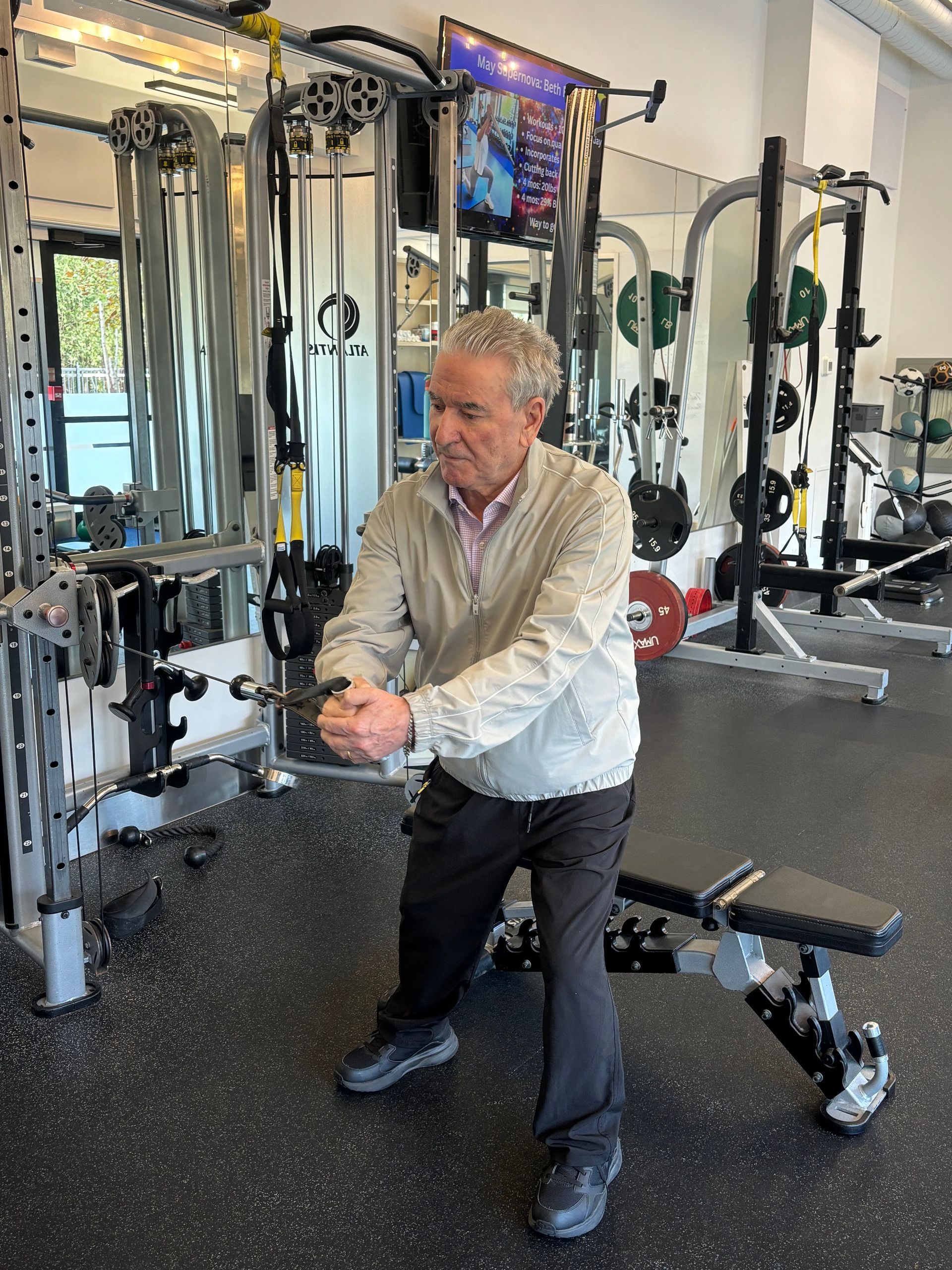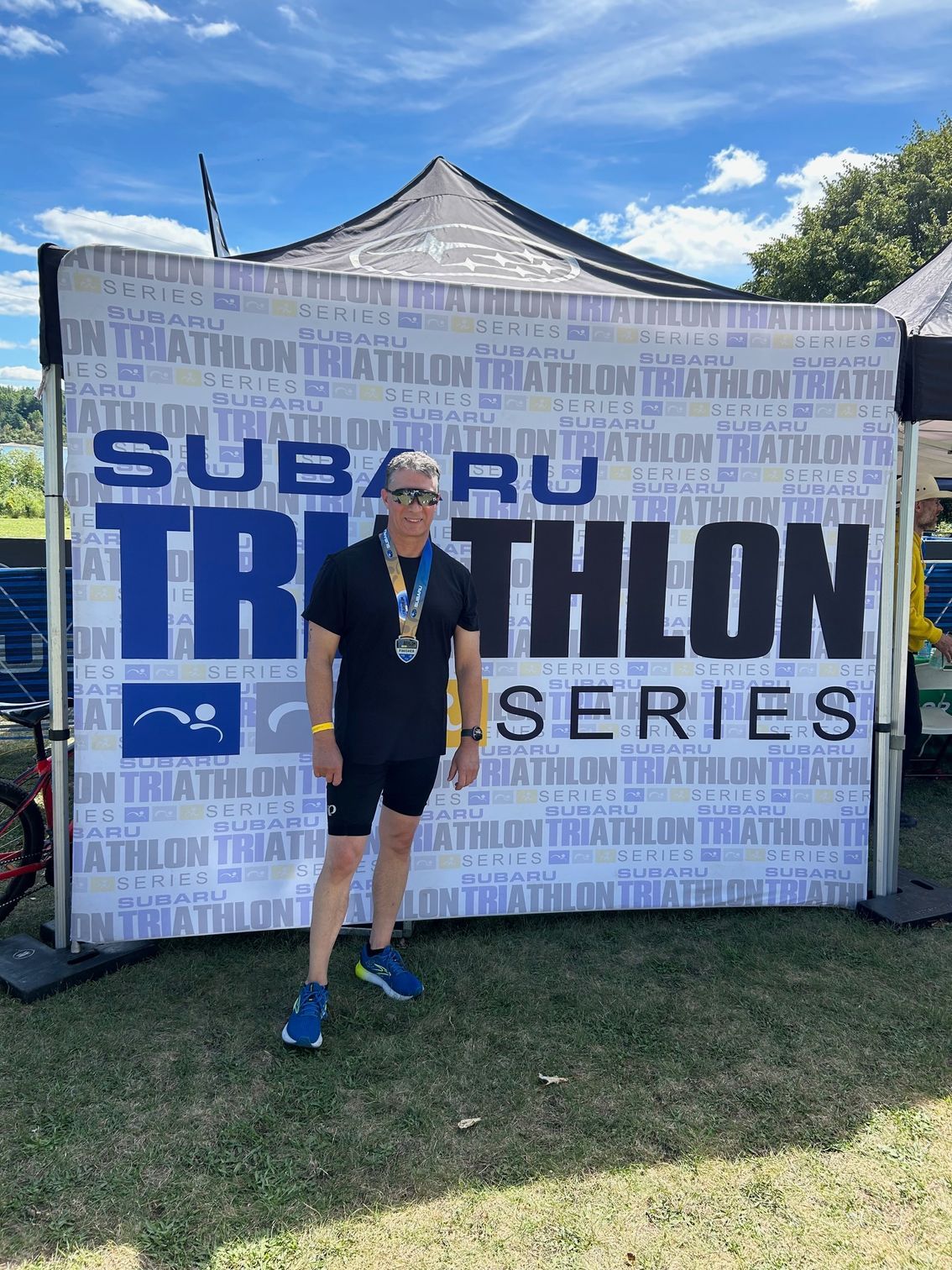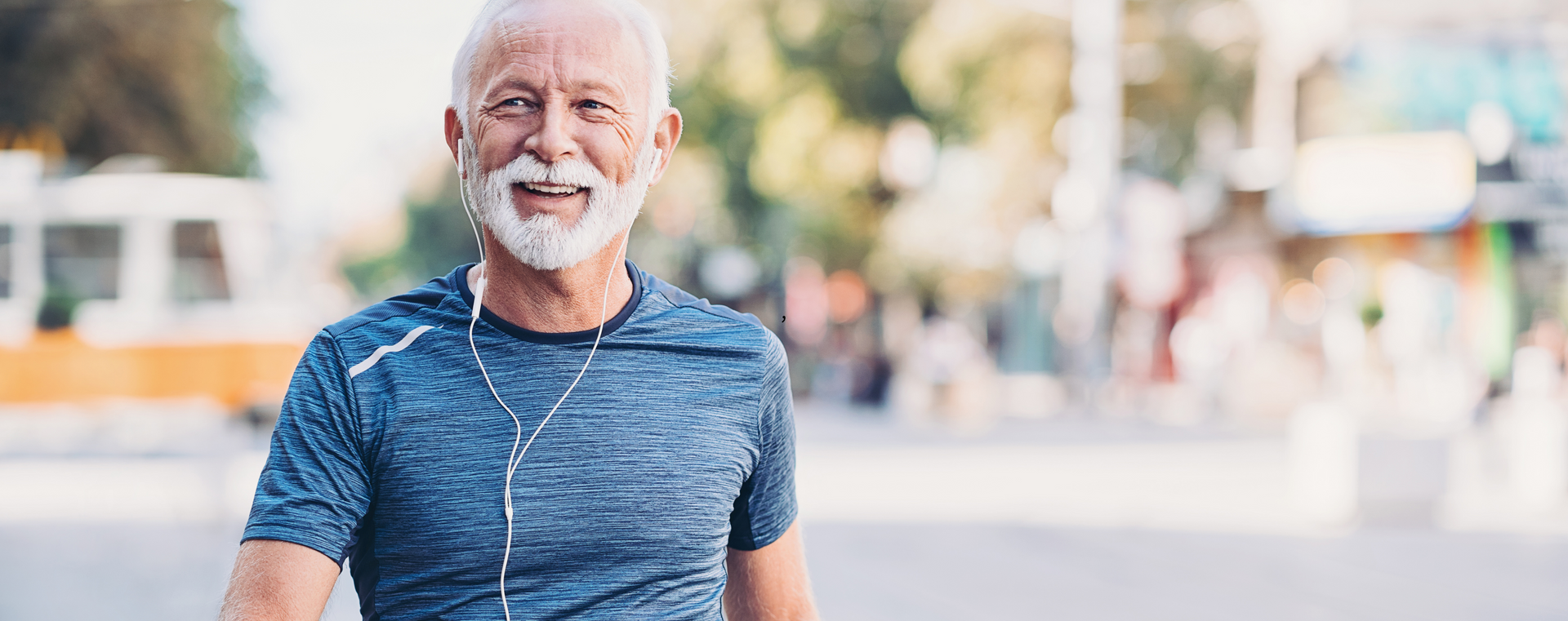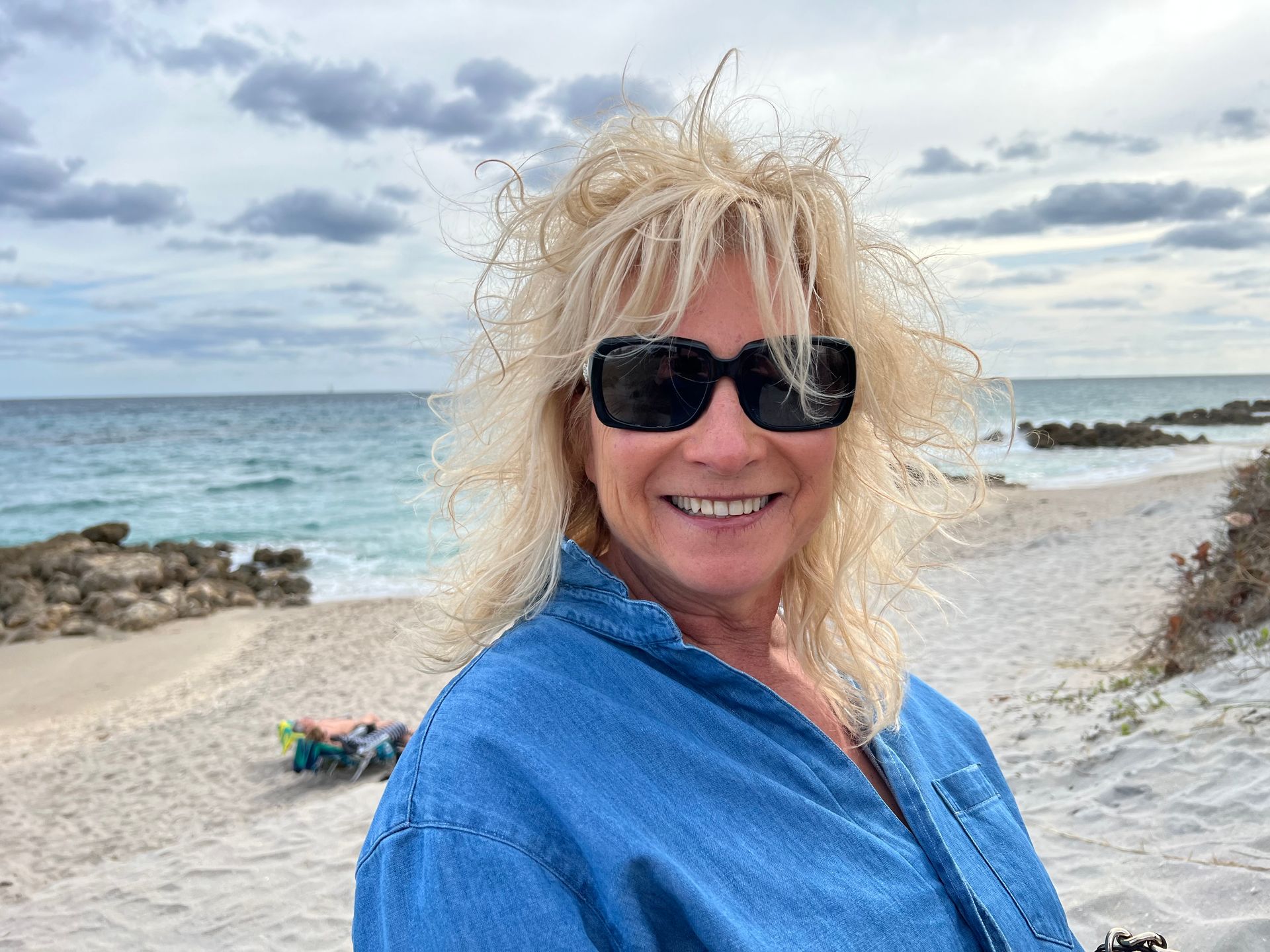What Happens When You Reach Your Health Goal?
Josh Allen • February 5, 2020
The Journey Never Ends
Being healthy can mean many different things but for many it comes down to wanting to feel good to do the things they want to do in life. One of the easiest things anyone can do to make themselves feel better is to exercise which is why it is a common starting point for those who want to become healthier and feel better. And so the journey begins...
Most people just beginning their health journey have a specific goal in mind that once reached, whether it be one month or five years away, will make them happy having reached some level of self actualization. The reality is your health is a lifelong commitment and the moment you take your foot off the gas pedal you begin travelling retrograde. What has helped us get to our goal must be continually practiced in order to maintain the goal you have achieved. Furthermore, what once worked may require something new to support us as we travel through life and things begin to change by way of age, priorities, values or interests.
What are some of these forks in the road to better health that we can anticipate?
First of all we have to appreciate that the journey to health has many components or roads to choose from ranging from exercise to managing stress levels to understanding how nutrition can optimize your blood panel. Each of these roads then have new paths you can wind up travelling. The path you end up on is the most important path to take and regardless of which path, they will all lead in one direction - towards knowing more about yourself, learning about your body and what it takes to get you to your next health goal.
Once we leave one path (or take on a new goal), we have graduated into a new stage where everything from the previous stage stays with us for life should we continue. Going back to the example of exercise being a common starting road, we can observe someone on this journey taking the following paths or progressions:
◽ Beginning by exercising 3x’s a week by walking 45min.
◽ Add in a strength training plan 2x’s a week.
◽ Learn about movement imbalances and how to mobilize joints and stabilize others.
◽ Increase frequency and intensity of training sessions
◽ Evolve some of the walks into runs.
◽ Change some of the runs into rides realizing the need to decrease impact in joints
◽ Commit and train towards a 5k run or 50k bike event.
◽ Further challenge to take on a new sport
◽ Incorporate heart rate monitoring to train in the proper zones
◽ Hire a personal trainer for greater insight and support.
The list of paths upon the exercise road is endless and there is no correct order. Each of the paths are natural progressions depending on the person. For some, the exercise road may lead them more quickly to other main roads such as nutrition, recovery, mental health or physiology. Nutrition is often the second most travelled road as it has merge ramps flowing to it at every mile of each road. Many end up on this road very quickly during their journey as it can be seen so closely parallelling the exercise road. Because eating food is something we do daily it is hard to avoid the importance of travelling this road. From this road, typical paths flowing from nutrition are:
◽ Understanding food calories, how much we need and what we actually consume
◽ Learning about macronutrients - protein, carbohydrates and fats
◽ Incorporating more vegetables into the diet
◽ Drinking more water and less drinks that pack unnecessary calories
◽ Learning how to cook and meal prepping
Stopping to reflect upon our position at this point would amaze us by seeing the massive changes made in our lifestyle, how much we have learned and the goals we have reached. For those who have reached this level, the basic elements of health through regular exercise and healthy eating have most likely been accomplished. Chances are we have healthier hearts, stronger minds, harder bodies and the discipline to eat the right foods to keep our body composition and energy where we want it to be.
If there are no health concerns or illnesses, it is at this point we see people taper off their level of learning new things about their health and connecting all of the dots. However, there are roads less travelled that support exercise and nutrition and that will optimize performance and longevity even further. These roads have new goals and learning lessons that we should explore as it will bring a greater sense of appreciation for the things that make us healthy, happy human beings. The roads listed below are ones less travelled when compared to basic exercise and healthy eating but carry just as much importance. Often these roads are only travelled upon due to illness or disease. Taking these roads before urgent necessity will challenge us to learn new things that keep us healthy. Some of these roads may look like this:
◽ Choosing organic food and understanding the impact of conventional farming methods on biological and environmental systems.
◽ Seeking locally grown foods versus foods from around the globe and the impact this can make on your health and the planet.
◽ Connecting the dots between the health of our air, soil, oceans and our bodies. Learning how our food purchase choices affects each of these.
◽ Learning what is mental health, being aware of our own levels and how to improve it with stress reduction and meditation techniques.
◽ The connection between the brain and the body (somatopsychology). How what we do to our body can affect our brain.
◽ Learning about hormones and neurotransmitters and applying new management strategies to optimize this and how it ultimately controls how we feel and perform.
◽ Building a strong family and community foundation, making it close to home for better authentic connectivity (face to face interactions vs digitally).
As we move through the journey of life we will progress through different stages of health learning that are determined by our age, priorities, values and interests. Once one goal is reached look up and see that there is no peak rather a never ending journey of learning about the body and continually refining what makes us healthy.
The journey for better health is a lot like the poem by Robert Hastings called ‘The Station’. “Sooner or later we must realize there is no one station, no one place to arrive at once and for all. The true joy of life is the trip. The station is only a dream. It constantly out distances us.”
-Joshua Allen
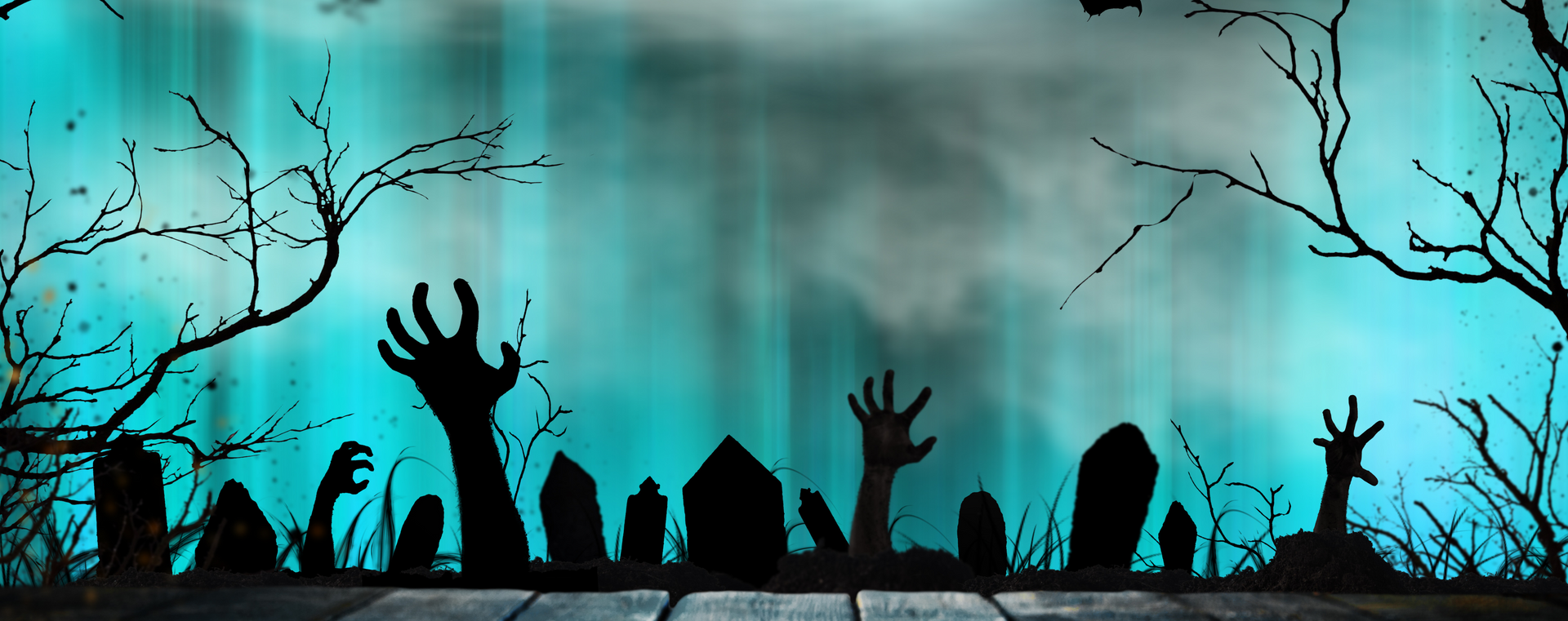
It's that time of year again where Halloween candy is everywhere - especially if you have children who are in the trick or treating age. We all know that candy is unhealthy and we are aware of sugar's detrimental effects on our health, from weight gain to cavities... But do you know the risks in eating Halloween candy that go beyond weight gain and cavities? While sugar is certainly a concern, other ingredients in many popular candies can chip away at your health and well-being. The Deceptive Allure of Halloween Treats While eating Halloween candy can be a nostalgic pleasure, the ingredients list tells a different story. I personally love Halloween but about 7 years ago I went clean and gave up Halloween candy for good because I learned it is much more than a sugar problem… Beyond sugar, are ingredients like hydrogenated oils, high-fructose corn syrup, artificial colors, titanium dioxide and common allergens like wheat, corn, dairy, and soy. These ingredients can wreak havoc on our bodies, leading to a host of negative health effects that most consumers overlook. Beware: 5 Ingredients in Halloween Candy With Negative Health Effects 1. Hydrogenated Oils: Hidden Fats Hydrogenated oils transform liquid oils into solid fats and enhance texture and shelf life. These trans fats are notorious for raising bad cholesterol levels, increasing the risk of heart disease and causing inflammation in the body. Look out for the word ‘Hydrogenated’ in candies like Skittles or Starburst 2. High-Fructose Corn Syrup (HFCS): A Sweet Sabotage HFCS is another frequent offender. It’s a cheap, sweet alternative to sugar that can lead to rapid spikes in blood sugar levels and cravings. Overconsumption of HFCS has been linked to obesity, insulin resistance and fatty liver disease. Many people consume HFCS without even realizing it. Candies like Oh Henry and other chocolate bars have HFCS. 3. Artificial Colors: A Rainbow of Risks The colors that make Halloween candy so visually appealing are often the result of artificial colorings like Red 40, Yellow 5 (Tartrazine), Yellow 6 (Sunset Yellow) and Blue 1. Studies have shown links between these artificial colors and hyperactivity in children, as well as allergic reactions as well. Here are some of your Halloween favorites with these colors: Skittles , Maynards , Sour Patch Kids , Jolly Rancher , Twizzlers , Starburst and M&M’s 4. Titanium Dioxide: The White Truth Titanium dioxide is used in many candies to enhance their whiteness and opacity. It is a detergent that damages your gut and decreases your gut microbiome. Any candy that has a white center, like Skittles is known to use this ingredient. 5. Allergens: Hidden Dangers for Sensitive Individuals Finally, we can’t forget the processed allergens like wheat, corn, dairy and soy in many candies like Mars or Snickers . Those who are highly allergic know to stay away from foods with these ingredients but what about the low grade allergic response that most people ignore? Hives, scratchy through, congestions, asthma, sneezing, itchy eyes and mild GI discomfort are all effects of these allergens. The Scary Reality Halloween is a fun time but we’ve really thrown in the towel when it comes to our health based on the things we are accepting as ok. We've created a society where we buy the cheapest, lowest quality candies to give to our children (and ourselves). Most, if not all of the mainstream candy companies produce products that are high in chemicals to preserve shelf life, to entice our eyeballs and to stimulate our brain to want more the moment it hits our palette. We've also bought into the idea that it's ok because it is just once a year... but the reality is that this food is everywhere all the time. If it was just one day on Oct 31 then sure - that could be ok, but most children are coming home with more than 10lbs of candy that they consume over the next 30 days. It’s no wonder why so many of us suffer with health issues including our children. Modern children are being diagnosed with more health problems than previous generations. Things like childhood depression/anxiety, food allergies, ADHD, autism, eczema and obesity are just some of the things we are seeing more of. Stay Vigilant and Read Labels Can we blame our poor health all on Halloween candy? Certainly not - it's more than just candy in October however the amount of candy with the above ingredients being consumed during Halloween and through the year is definitely a contributor. So when it comes to candy, watch out for the sugar but it’s time to wake up to the other ingredients that are damaging us. The best thing to do is read the labels and be aware of what you choose to consume. And hopefully in time we choose to buy 'treats' that are not filled with chemicals. Next year, choose to buy healthier options versus the mainstream candy we grew up with. Healthier Alternatives Here are some options to consider instead of the mainstream low quality garbage that we've been accustomed too: Chocolate Bars Unreal Coconut Bars : This company is on point with way healthier ingredients than the mainstream. They carry an assortment of candies beyond just the coconut bar (which is one of my faves). Granola Bars Made Good : You've probably seen this brand around in stores - specializing in gluten free healthier granola bars. Cookies Simple Mills : Making cookies and baked goods gluten free and with sweeteners that have a lower glycemic index than regular sugar (less of a blood sugar spike) Candies Smart Sweets : Candies without artificial colors and high sugar Lollipops & Jelly Beans YumEarth : W ithout artificial colors Water Enhancer (Vitamin C) Emergen-C : Something different from usual candy - Vitamin C drink crystals that are a much healthier option to candy and kids love em. There are more brands out there but you have to be on your toes when buying. Pay attention to brands, scrutinize the ingredient list and pay the extra money. Every dollar you spend is a vote - the more we vote for the better products for our health, the lower the cost will end up being in the future.
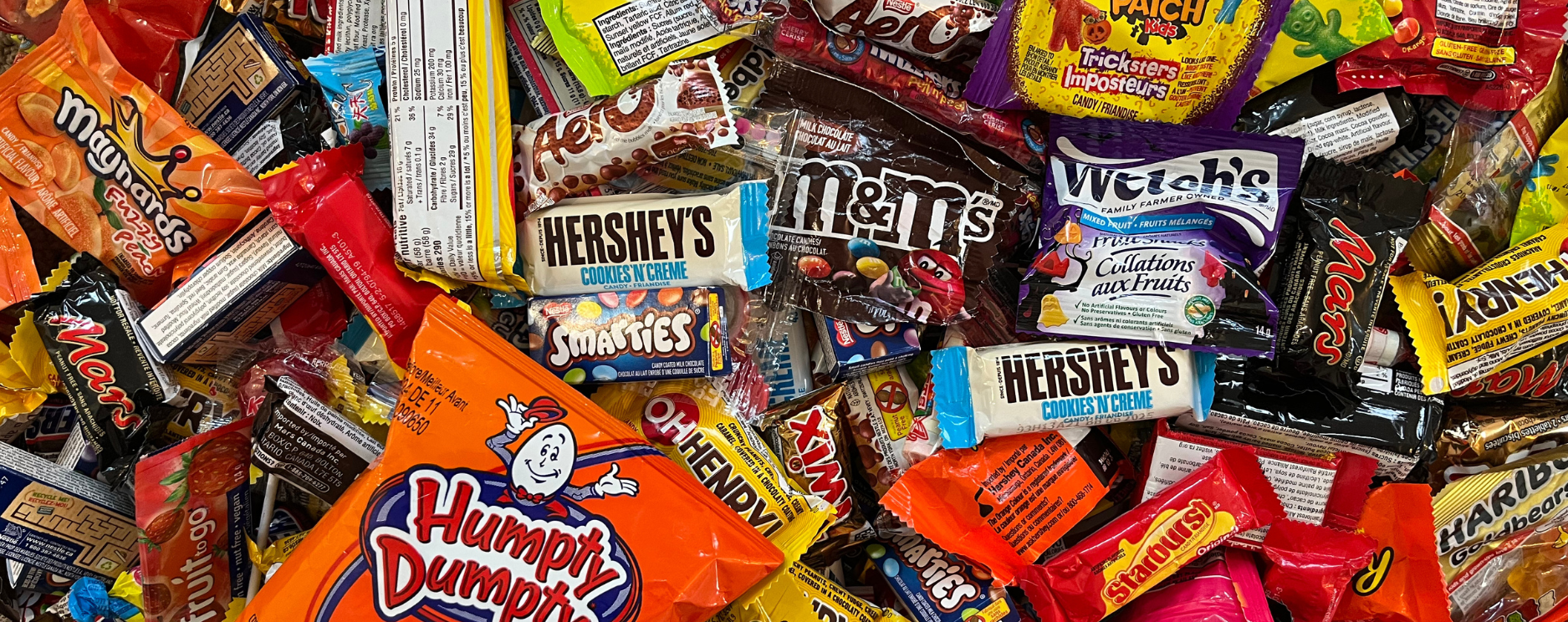
Having trouble controlling the intake of Halloween candy? Unless you are a disciplined ninja or equipped with helpful restraint tactics, you end up eating too much of this low quality, highly processed junk food. If you are someone with a sweet tooth then you are in luck! Here are 5 tactics that will help you avoid eating too much (if any) candy this Halloween. 1)Don’t Skip Meals or Snacks Skipping meals and snacks creates stress on your body and a stressed body is more likely to have sugar cravings. Self control becomes extremely difficult when you're underfed. If candy appears it is much harder to resist because your body is lacking energy, vitamins and minerals. If you eat a solid meal along with healthy snacks throughout the day (ie: protein shake, apple and almonds) I guarantee that it will be hard to eat candy. 2)Eat Enough Protein On the heels of not skipping meals, make sure each meal has enough protein. Meals that are low in protein mean that they are higher in carbs. As a result you will deal with blood sugar dips and greater hunger, weakening your resistance to candy. How much protein? This differs between people but generally you aim to have at least 0.8 grams of protein per pound of ideal body weight. The more active you are, the more protein you will require. 3)Stay Hydrated Being dehydrated will make you feel hungry even when you are not actually hungry. As a result you are more likely to have the urge to grab a sweet from the candy bowl. The simple solution is to just drink enough water throughout the day. How much water? Click here to download your All About Water PDF. 4)Say It Out Loud Often we eat candy without thinking. It is not uncommon to have 5 or 6 candies before you become mindful of what you are doing. By then it’s too late. This may sound strange but as you are picking up the candy - say out loud “I am going to eat this candy” (even if no one is around). This helps you become more aware of your actions, encourages mindfulness, and engages your logical mind. 5)Educate Yourself The scary truth is that mainstream Halloween candy is some of the worst food you can put into your body. Most of these candies contain highly inflammatory ingredients, allergens, and toxins known to disrupt everything from the gut microbiome to DNA, potentially contributing to ADHD symptoms and triggering allergies… And that’s without commenting on the effects of sugar that most of us already are aware of. Eating certain candies can be just as bad as smoking a cigarette! Give these tactics a try - they should help you to say no to Halloween junk food this year. If you are still having trouble, you can attempt a ‘clean sweep’ by throwing it all into the garbage… If you still have a sweet craving, have some dark chocolate or walk to the best bakery in town and buy yourself a $10 chocolate croissant :) Happy (Healthy) Halloween!
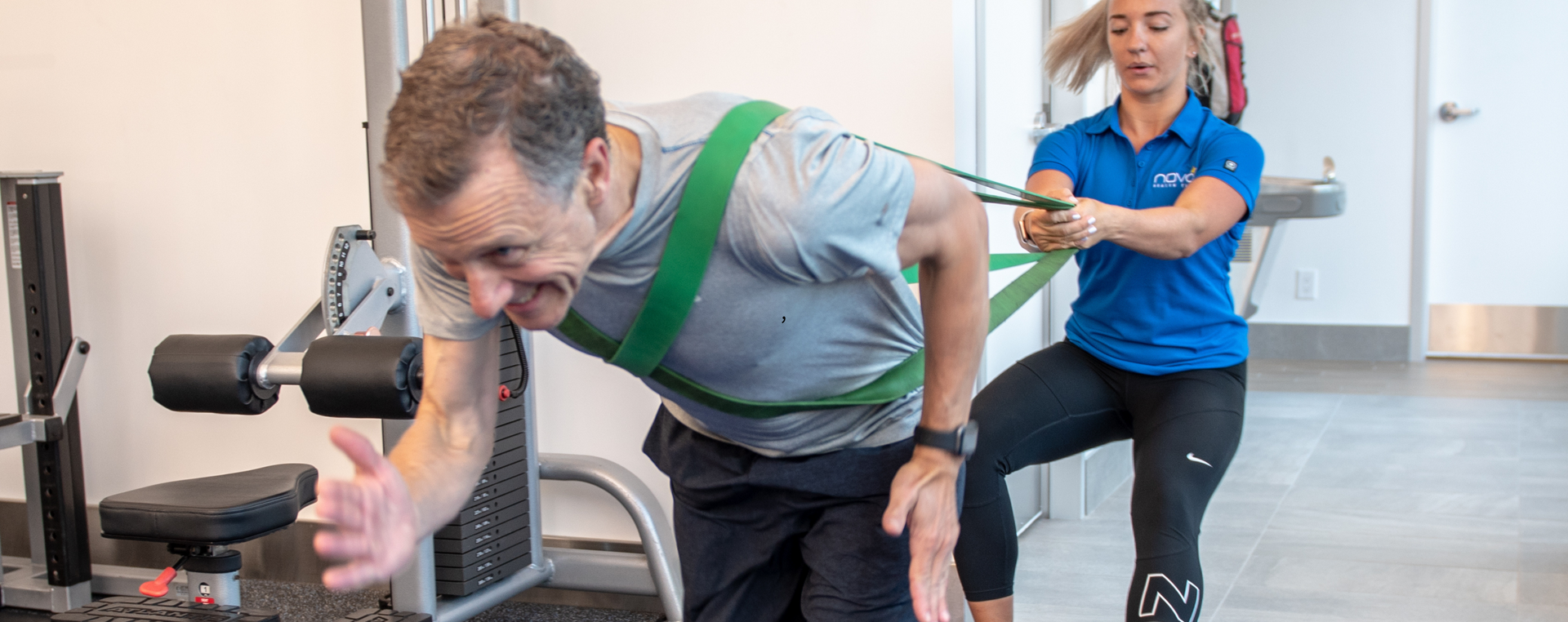
Do Hard Things Now, So Life Becomes Easier Later Modern humans default to the easy way but it's not our fault... Throughout human history, we were wired to survive constant hardship - scarcity of food, threats from predators, harsh environments and manual labor for everything. Our DNA evolved for survival in these conditions, not for modern living. Imagine an early human stumbling across a fruit tree. It made sense to gorge - there was no telling when the next meal would come. The human who gorged had a higher chance of survival than the human who only ate a few pieces of fruit. Practicing self-control in an environment of scarcity would have been a death sentence. Likewise, if given a chance to rest instead of walking miles or hunting, rest was the obvious choice. The problem? Our genes haven’t caught up with modern life. Today, food is everywhere. We don’t have to fight to meet our basic needs. Technology does the heavy lifting, cars replace walking, entertainment is on-demand and calorie-dense foods are always within reach. Left unchecked, our instincts will always lean toward easy options like overeating unhealthy foods (that are so easily accessible) or driving to the store instead of walking. In other words, we’re still hardwired to take the path of least resistance. But here’s the catch: Choosing easy now often means a harder life later and choosing hard now often means an easier life later. Most modern humans are overweight, stressed, tired and dealing with chronic health problems because we’re following outdated survival programming that no longer serves us. It’s time to become aware of these defaults. To override them. To consciously choose the hard thing - because doing hard things is what actually makes life easier in the long run. Hard things like: Going to bed on time instead of watching another episode Preparing a healthy meal instead of grabbing fast food Moving your body instead of sitting all day Walking or biking to the store instead of driving Managing stress with deep breaths and fresh air instead of pouring a drink Looking at your habits instead of masking symptoms with medication It might feel uncomfortable because it goes against everything your biological programming is urging you to do. But that’s exactly why it matters. Don’t think of it as punishment or sacrifice. Think of it as an investment. Every time you take the stairs instead of the elevator, cook instead of order out, or put your phone down to truly rest, you’re building a life that’s easier, richer, and more fulfilling down the road. And remember: Do easy things, and you’ll have a hard life. Do hard things, and you’ll have an easy life. Most of the above information is probably not new to you. That’s because we live in the information age with the internet and now AI - we already know what it is we need to do. The problem however is implementation. This is where having a customized plan and accountability comes in. If you know the hard things you need to do more of but struggle with breaking past your ‘default mode’ then contact us for a complimentary consultation HERE .
